English Dub Season Review: Super Cub Season One
Based on the Japanese light novel series, written by Tone Kōken and illustrated by Hiro. The story follows a high school girl named Koguma based in Yamanashi. She has no parents, friends, or hobbies, and her daily life is empty. One day, Koguma gets a used Honda Super Cub motorcycle (which to some extent looks more like a scooter). This is her first time going to school on a motorcycle. Running out of gas and hitting detours become a small source of adventure in Koguma’s life. She is satisfied with this gradual change, but her classmate Reiko ends up talking to her about how she also goes to school by motorcycle. One Super Cub begins to open up a lonely girl’s world, introducing her to a new everyday life and friendship.
This anime adaptation was done by Studio Kai and was directed by Toshiro Fujii, with Toshizō Nemoto handling series composition, Tōru Imanishi designing the characters, and Tomohisa Ishikawa and ZAQ composing the music. The opening theme song, “Magical Wind”, is performed by Akane Kumada, while the ending theme song, “A Message to the Wind”, is performed by the main Japanese voice cast members Yuki Yomichi, Ayaka Nanase, and Natsumi Hioka.
Super Cub revolves around high school student Koguma, a timid and lonely girl who has never had anything that she could cherish. While it’s not properly explained why, Koguma details that she has no parents, hobbies, personal goals, or even a social life. And it’s never explained how her father died or why her mother would straight up ditch her own daughter after she reached the age to go to high school or how she’s able to pay for anything to keep herself or home sustained. Luckily, she’s living in the countryside, and not some big city in Japan so it is pretty cheap and gives a valid excuse on why there’s so many roads.
Much in the same way Initial D popularized a specific variant of the Toyota Carolla, This show attempts to make an otherwise mediocre vehicle elevate in status within anime pop culture, and to some extent, it succeeds. Though I find it a bit weird and slightly disturbing that the salesman felt the need to tell Koguma that two of its previous owners died while driving it. But fortunately for her, this vehicle becomes one of the biggest life-changing decisions she’ll ever make, but in a positive way of course.
One of the more interesting aspects of the show for me was the art, colors, and use of CGI. For a slice-of-life show, I thought the series relied a little heavily on it at times but it wasn’t too distracting. Often times the show had a strange use of color that symbolized Koguma’s mental state and inner struggles which was further exemplified when the first episode started off really gray and then gradually added more colors into later episodes. It may come across as very somber at first, but visually reflects the reality of how people can adapt and change.
Overall, while the show itself felt like a 12-episode advertisement for a glorified scooter, they managed to turn it into a relaxing show and to some extent, by attempting to make this into a coming-of-age story. It may not potentially reach the same level of mainstream success as Initial D, but at the very least, it tries to be its own thing and encapsulated a character’s journey and self-discovery. As they say, “Life is a journey, not a destination”.

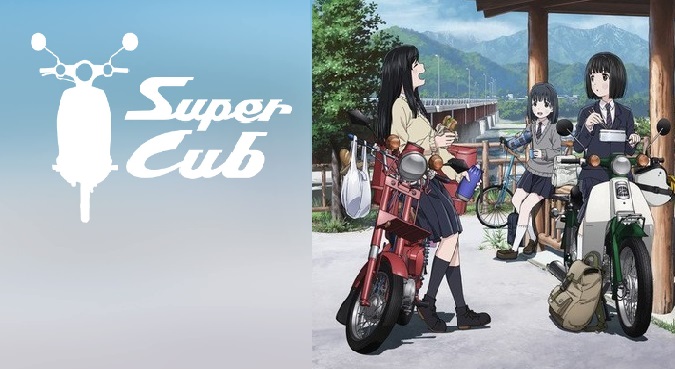
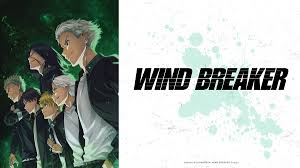
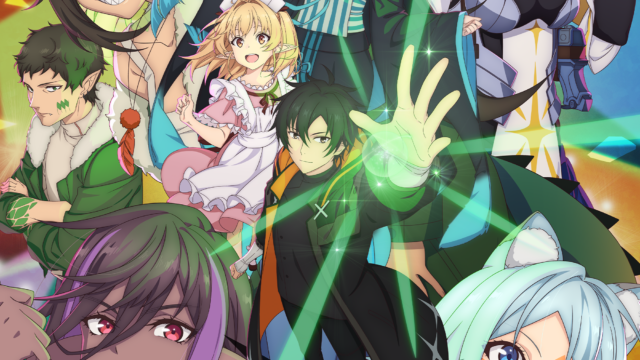
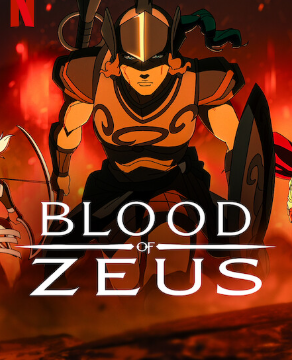
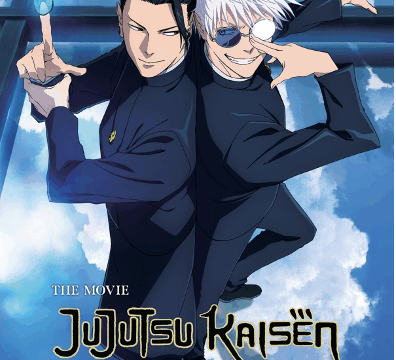










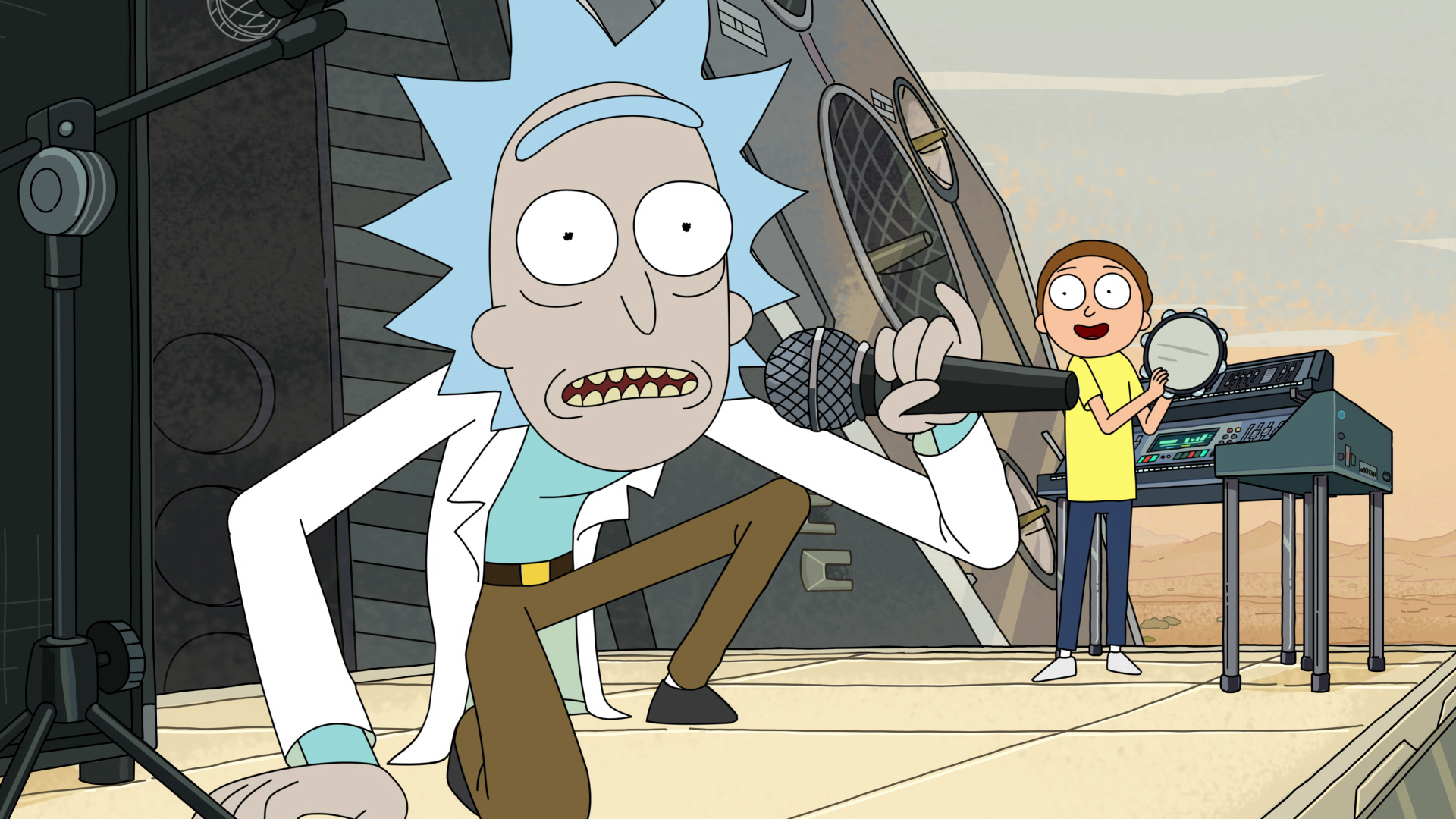







"There are also other characters that come and go (also owned by the Warner Bros. Discovery conglomerate media company)."
Huh. Is that just referring to other characters from the show itself, or is this implying that the new season is going to have cameos from other WBD IPs